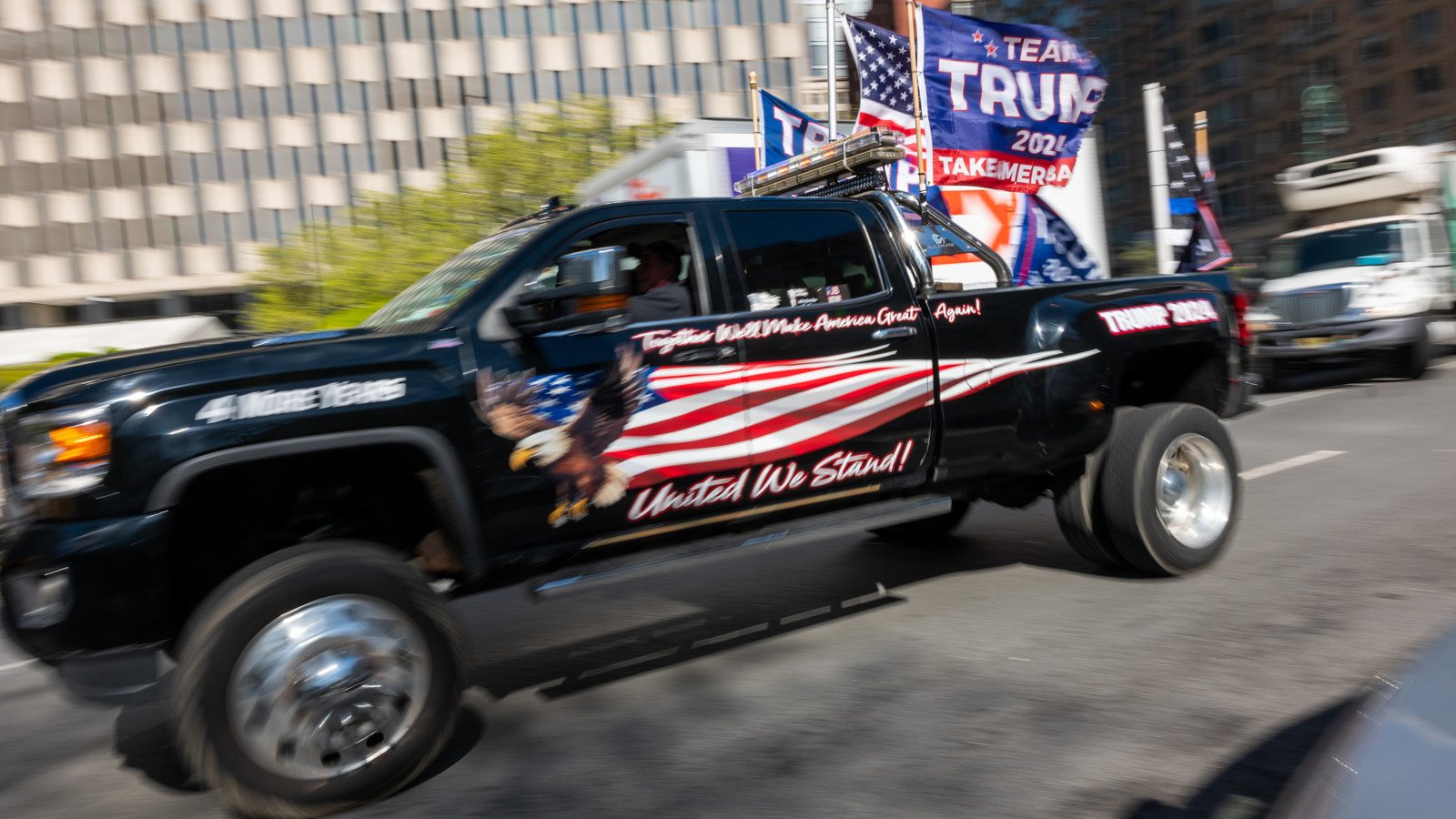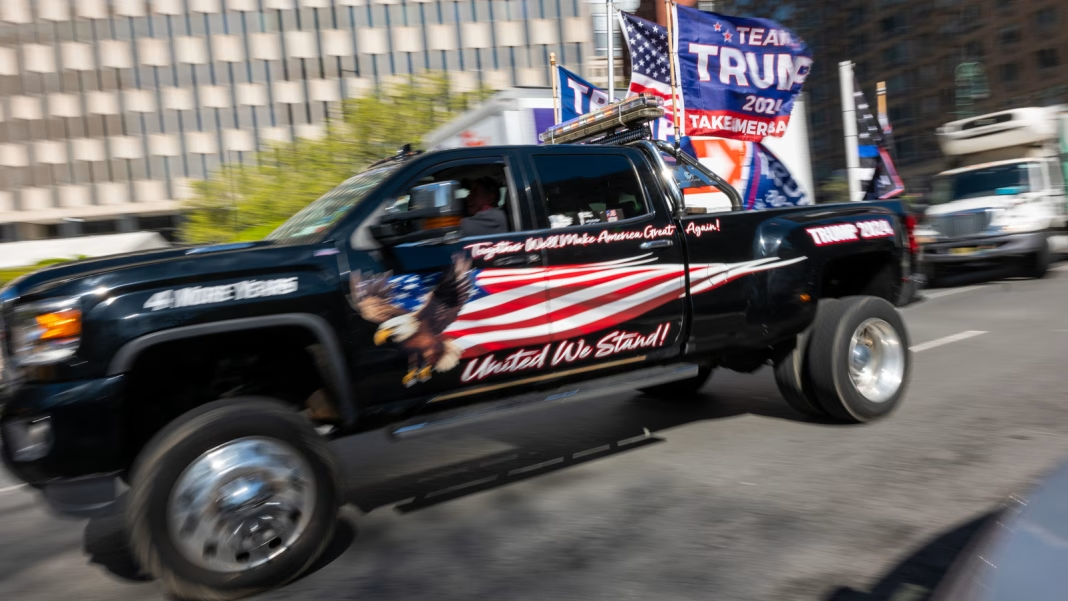Why Don’t Pickup Trucks Sell Well in Asia and Europe?
Ever wonder why American pickup trucks, despite their popularity at home, don’t seem to catch on in places like Asia and Europe? It’s not for lack of trying. There’s a lot more to the story than just taste or tradition. Let’s dig into the real reasons behind this global automotive divide.
Are Roads and Cities Overseas Just Too Different?
Take a drive through Paris or Tokyo, and you’ll notice something right away: the streets are narrow, parking is tight, and traffic can be a maze. American pickups, with their wide bodies and long beds, simply aren’t built for these environments. In many European and Asian cities, the average parking space is about 20% smaller than those in the US, according to a 2022 study by the International Parking Institute. That means squeezing a full-size truck into a city lot is a daily headache.
And it’s not just about parking. Many rural roads in Europe and Asia are winding, hilly, and far less forgiving than the broad highways of the American Midwest. Smaller cars and compact vans are just a better fit.
Do Local Preferences and Lifestyles Play a Role?
Absolutely. In the US, pickups are woven into the fabric of daily life—think tailgate parties, home improvement projects, and hauling gear for weekend adventures. But in much of Europe and Asia, people simply don’t have the same needs. Urban living dominates, and public transportation is often more convenient than owning a big personal vehicle.
Plus, there’s a cultural angle. In Germany, for example, station wagons and hatchbacks are the go-to family cars. In Japan, kei cars—tiny, boxy vehicles with engines smaller than a lawnmower’s—are everywhere. These choices aren’t just about practicality; they’re about identity and tradition.
How Do Taxes and Regulations Affect Pickup Truck Sales?
Here’s where things get tricky for American automakers. Many countries impose hefty taxes on large, high-emission vehicles. In France, a “malus écologique” tax can add thousands of euros to the price of a big truck. In Singapore, the government’s Certificate of Entitlement system makes owning any car expensive, but especially so for larger vehicles.
Then there’s the matter of emissions standards. The European Union has some of the strictest regulations in the world, and most American pickups aren’t designed to meet them right out of the factory. Retrofitting or redesigning trucks for these markets is costly and often not worth the investment for automakers.
Are There Local Alternatives That Make More Sense?
Definitely. European and Asian automakers have spent decades perfecting vehicles that suit their roads, budgets, and lifestyles. Compact vans, small SUVs, and even three-wheeled delivery vehicles fill the roles that pickups play in the US.
Take the Ford Transit Custom in the UK or the Toyota HiAce in Southeast Asia—these vehicles offer plenty of cargo space but are easier to maneuver and far more fuel-efficient than a full-size pickup. For most buyers, it’s a no-brainer.
What About Image and Status?
In the US, driving a pickup can be a statement—rugged, practical, maybe even a little rebellious. But in many other countries, big trucks are seen as wasteful or even ostentatious. A 2023 survey by the European Automobile Manufacturers Association found that over 60% of respondents associated pickups with commercial use, not personal transportation.
That means even if someone could afford a pickup, they might not want to be seen in one. Social norms matter, and automakers ignore them at their peril.
Is There Any Hope for American Pickups Abroad?
There are a few bright spots. In Australia, for example, American-style pickups have found a niche among off-road enthusiasts and tradespeople. Some luxury models, like the Ford F-150 Raptor, have a cult following in the Middle East. But these are exceptions, not the rule.
Most experts agree that unless American trucks undergo major changes—think smaller engines, hybrid options, and more compact designs—they’ll remain a rare sight on European and Asian roads.
The big takeaway? Selling American pickups overseas isn’t about forcing a square peg into a round hole—it’s about understanding what people actually need and want. Start by looking at how folks live, work, and drive, and you’ll see why the best-selling truck in America might be a tough sell in Tokyo or Berlin.


